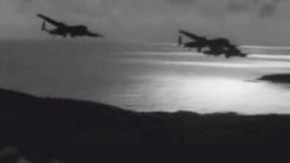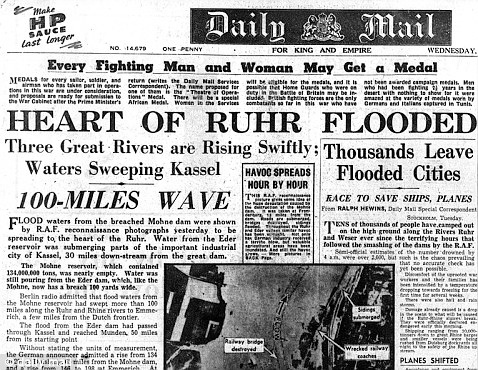Behind the scenes of The Dam Busters: How crews created scale models of targets and flew real Lancasters to make classic 1955 war film
-
•Movie relates how RAF struck at heart of industrial Germany by attacking dams in Ruhr valley in 1943
-
•Anonymous owner amassed images from 1955 film for book that was never published
-
•Photos made public ahead of 70th anniversary, on Thursday, of daring raid
-
•Archive includes scale models of dams, group shots of pilots who flew planes for movie, and actors on set
By Nick Enoch
Published: 15:16, 14 May 2013 | Updated: 15:56, 14 May 2013
In May 1943, an audacious raid by the RAF's 617 squadron destroyed the industrial heart of Nazi Germany. Twelve years later, it was immortalised on film.
Now, never-before-seen photographs from the set of classic movie The Dam Busters have emerged ahead of the 70th anniversary, on Thursday, of the legendary World War II mission.
The backstage images give a new insight into how the famous attack on the Ruhr dams was recreated for the 1955 film.
One shows a scenery artist at work on a small-scale model of the Edersee Dam, which the RAF Lancasters breached with their bouncing bombs.
Scroll down for video of Dam Busters film
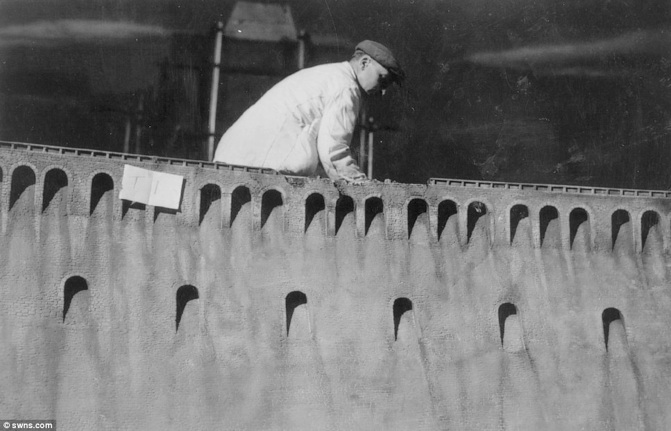
One of the never-before-seen pictures from the making of the film The Dam Busters. Above, a member of the art department working on a scale model of the Edersee Dam. The movie told the story of the 1943 raid by RAF 617 squadron, whose Lancaster bombers breached dams in the Ruhr valley, including the Edersee
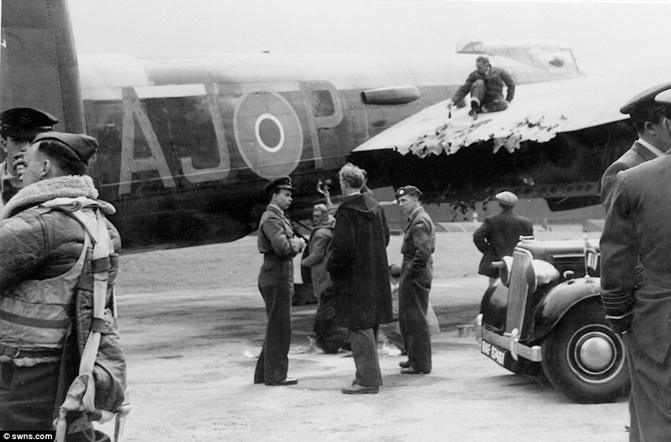
In this photo on the making of the 1955 film, a designer makes the wing of a Lancaster bomber look like it has been shot at
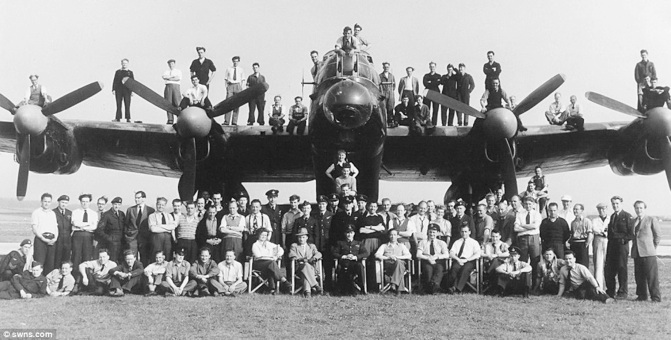
Crew members involved in the making of the film. The collection's owner, who wants to remain anonymous, compiled the stack of black and white images while researching a book about the Dambusters
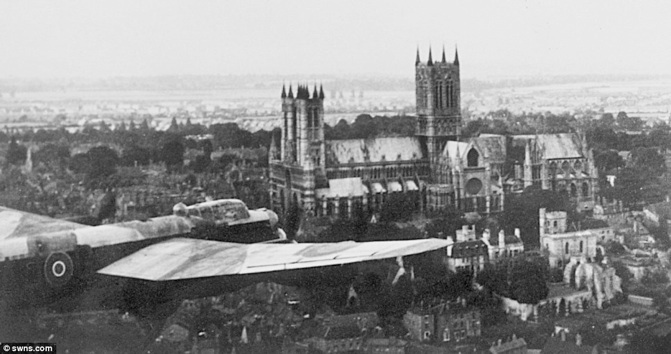
An aerial picture of Lincoln Cathedral by Polish RAF pilot Ted Szuwalski, who flew a Lancaster bomber in the film, also forms part of the set. The picture was taken from the cockpit of a Lancaster
Another shows a member of the art department working on a Lancaster bomber to make the wing look like it has been shot at.
The photographs also include a shot of Derwent Dam in Derbyshire where the real-life Dambusters trained and which was used in the filming.
A wonderful aerial picture of Lincoln Cathedral by Polish pilot Ted Szuwalski, who flew a Lancaster bomber in the film, also forms part of the set.
Other photographs include group shots of the pilots who flew the Lancaster bombers in the film and a line-up of all the crew members.
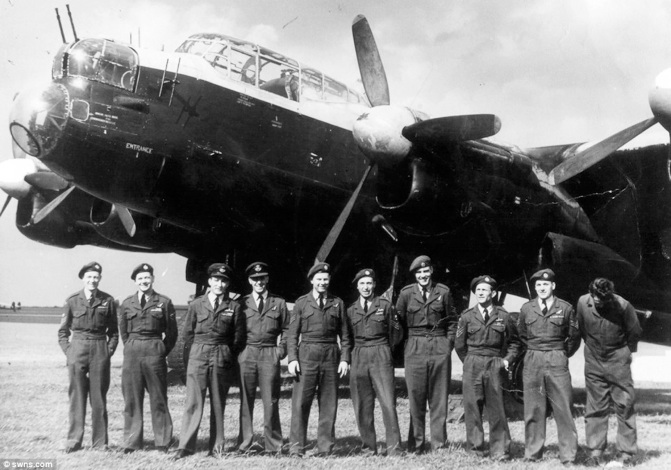
A group of pilots who flew the Lancaster during the making of the film
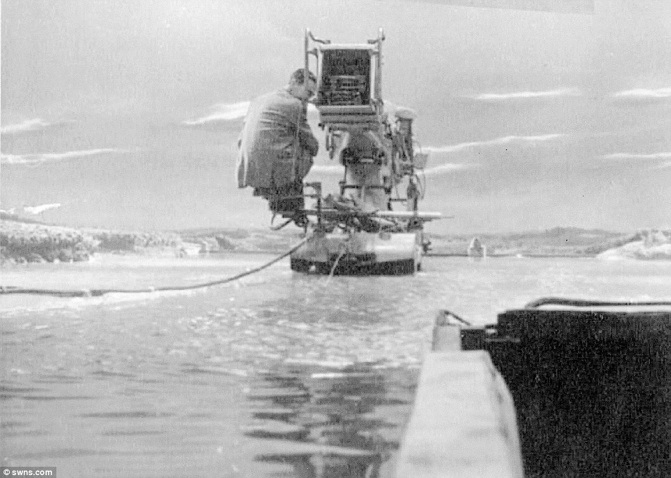
The photos have emerged ahead of the 70th anniversary of the legendary Word War II raid. Above, a member of the film crew prepares a dam shot
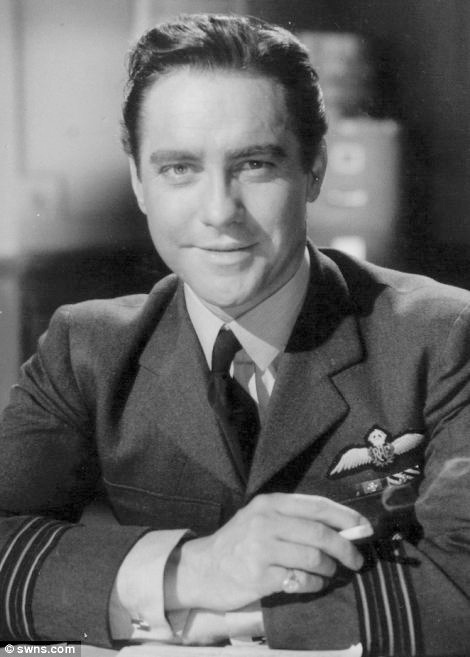
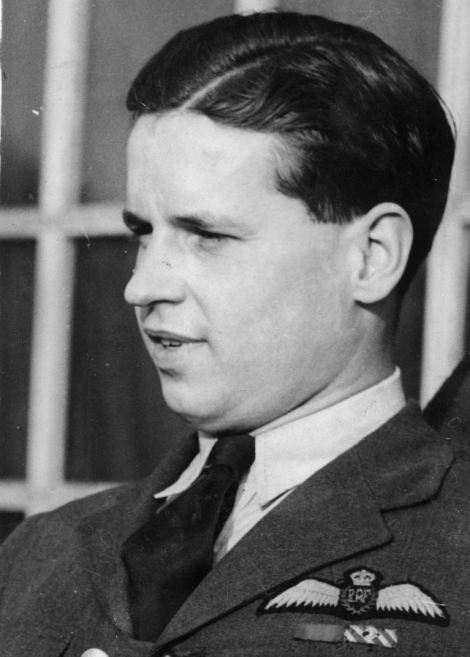
Wing Commander Guy Gibson (right), who assembled the legendary squadron, was played by Richard Todd (left)
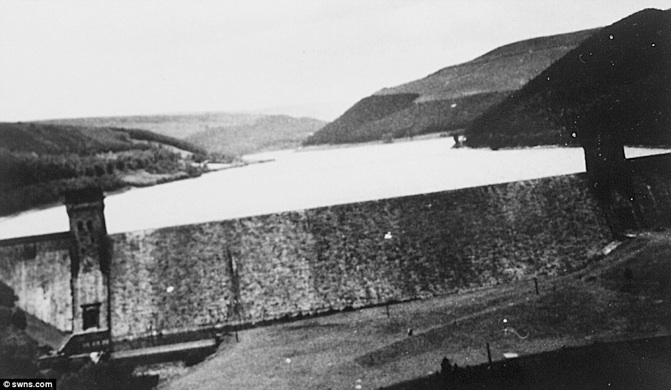
The photo set also includes a shot of Derwent Dam in Derbyshire (above) where the real-life Dambusters trained and which was used in the filming
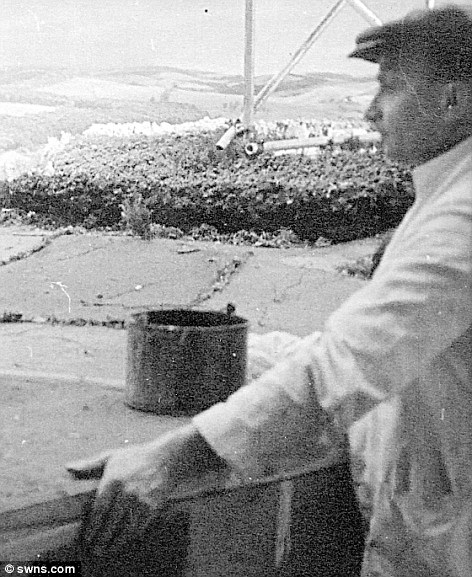
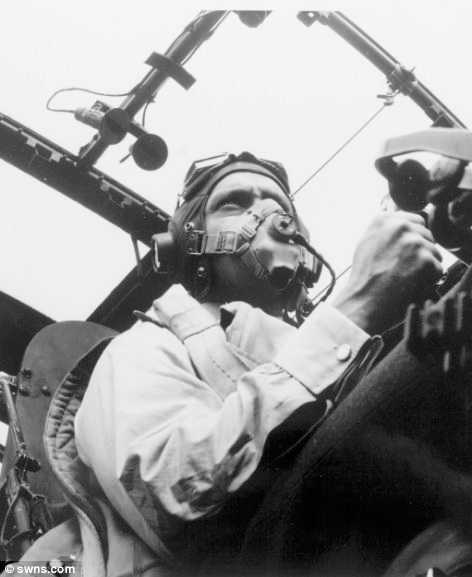
A member of the art department working on a set for the film (left). The anonymous owner's book never made it into print as another beat it to the publishers - and his photos remained unseen by the wider public until now; right, a production still from The Dam Busters
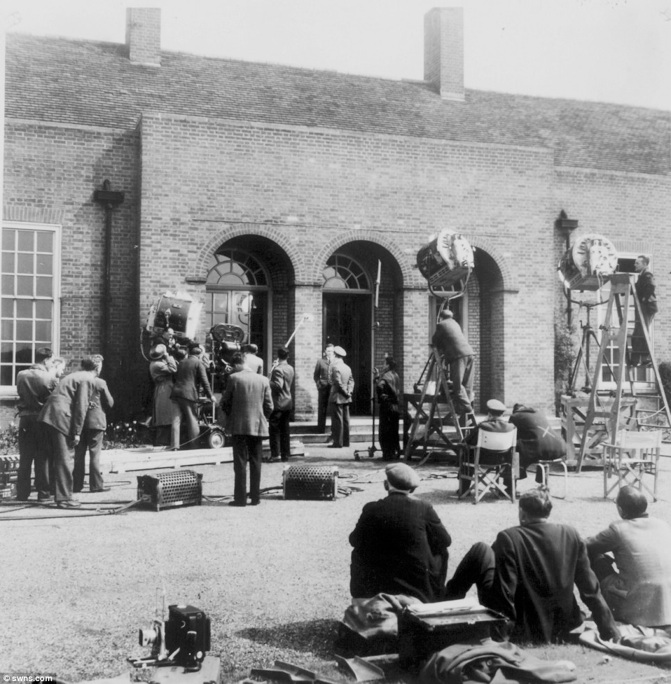
Part of the film was shot in Borehamwood, Hertfordshire. Celebrations are planned across the country this week to mark the 70th anniversary of the Dambusters mission, including a flypast from one of the aircraft involved
The collection's owner, who wants to remain anonymous, compiled the stack of black and white images while researching a book about the Dambusters.
He was given the images by the film company, with assistance from actors, air crew and production workers.
His book never made it into print as another beat it to the publishers - and his photos remained unseen by the wider public until now.
The classic Dam Busters film, directed by Michael Anderson, starred Michael Redgrave as Barnes Wallis, inventor of the bouncing bomb.
Wing Commander Guy Gibson, who assembled the legendary squadron, was played by Richard Todd.
Celebrations are planned across the country this week to mark the 70th anniversary of the Dambusters mission, including a flypast from one of the aircraft involved.
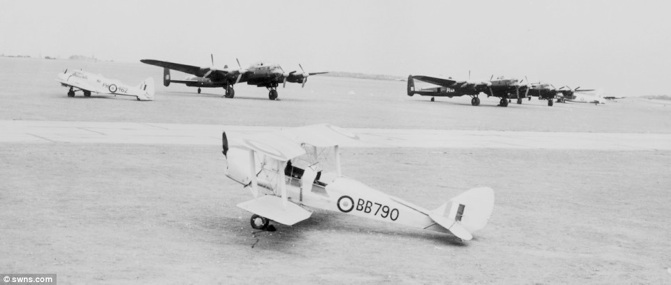
Trainers stand with Lancasters at Scampton airfield in Lincolnshire, ready to be filmed for scenes in The Dam Busters
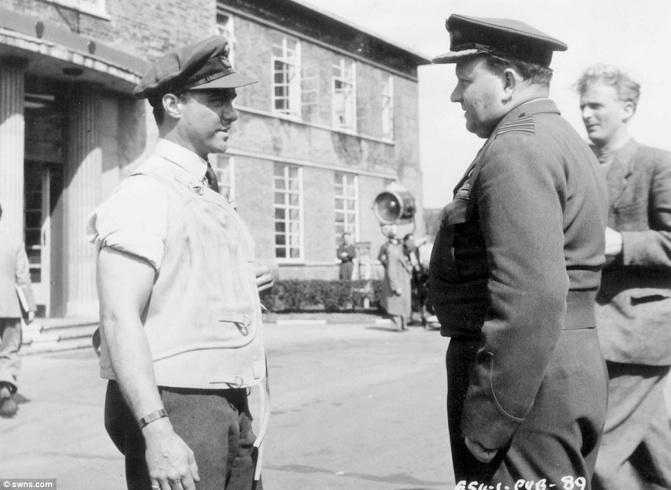
Actor Richard Todd (left) takes up his position for a scene from the film
'HEART OF RUHR FLOODED': GIBSON AND THE DAMBUSTERS RAID OF 1943
The Daily Mail's front page from May 19 1943, which carried reports of the Dambusters raid under the headline: 'Heart of Ruhr Flooded'
On May 16, 1943, 19 aircraft set out to destroy three dams in the Ruhr valley - the Mohne, the Eder and the Sorpe - and so damage a vital source of power to the key industrial area of Germany.
The strategic targets not only supplied hydro-electric power, and water for steel-making, they also supplied drinking water.
The squadron was assembled by Wing Commander Guy Gibson with only 11 weeks to prepare for their mission - using special bouncing bombs, invented by Barnes Wallis.
They were not told that they would be bombing the Ruhr valley until six hours before the raid began, following weeks of practice over Peak District reservoirs.
On the night of the mission - codenamed Operation Chastise - the 113 crewmen took off in three waves along two different routes to bomb the dams.
Gibson attacked first at the Möhne at 12.28am, but five bombs were dropped before it was breached.
The first wave’s three remaining aircraft with bombs then attacked the Eder which finally collapsed at 1.52am.
Aircraft from the other two waves bombed the Sorpe but it remained intact.
Although the mission was hailed a success, eight aircraft and 53 crew were lost during the raids.
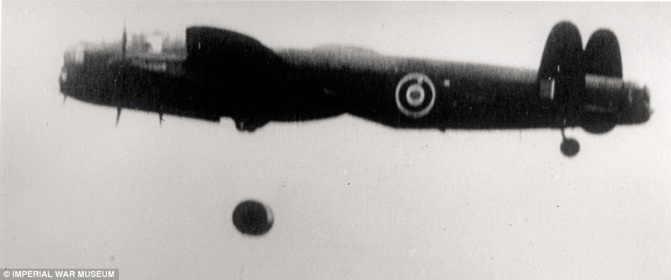
Lancaster Bombers carried 9,000lb of bouncing bombs for the Operation Chastise raids on Germany's Ruhr Valley dams
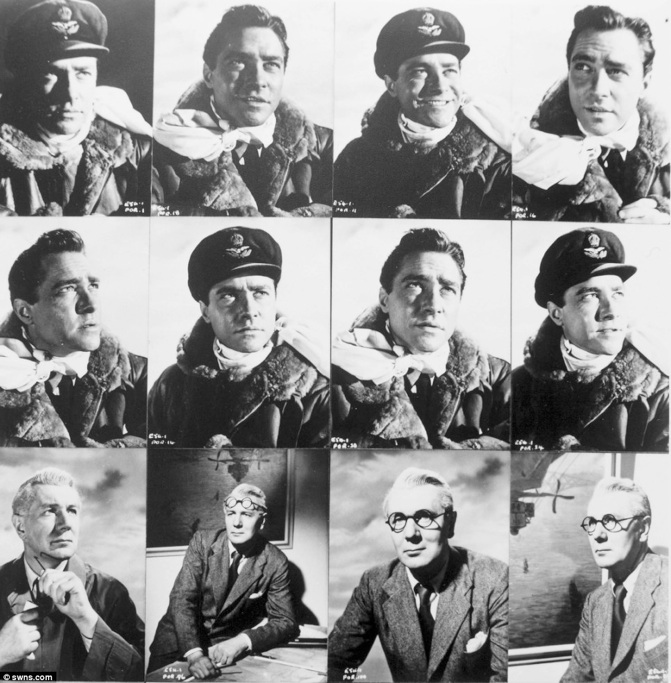
Production still from the classic war movie. Pictured, top two rows, Richard Todd as Gibson; next row, Michael Redgrave as bouncing bomb inventor Barnes Wallis
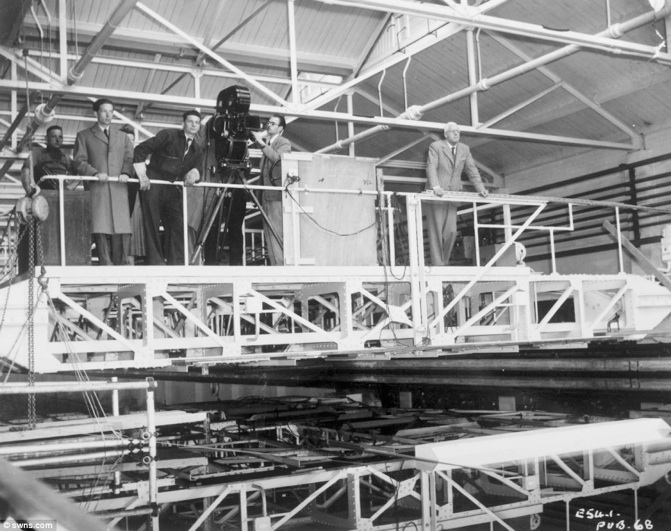
Members of the film crew line up a shot. The 1955 classic was directed by Michael Anderson (pictured second from left)
LAST SURVIVING DAMBUSTER IN £1MILLION MEMORIAL APPEAL
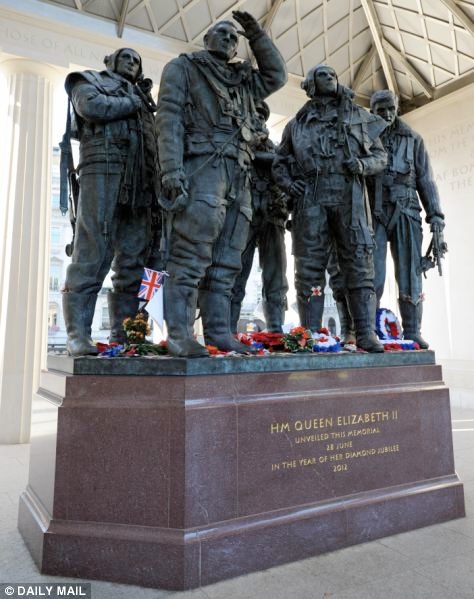
The Bomber Command Memorial was unveiled by the Queen in London's Green Park last June
Britain's only surviving Dambuster has called for the public to support a £1million appeal to help maintain a memorial to the men of Bomber Command.
Squadron Leader George 'Johnny' Johnson, 91, is backing the RAF Benevolent Fund's Upkeep Club, which is asking 1,000 people to donate £1,000 towards the memorial as it prepares to mark the 70th anniversary of the Dambusters raid this Thursday.
The club is named after the nickname given to the bouncing bombs that were dropped over Germany in the raid, designed by Sir Barnes Wallis.
'As a surviving veteran of 617 Squadron Dambusters raid, it is very gratifying to note the interest and respect afforded to the 70th anniversary of that operation,' he said.
'It is even more pleasing to know that, despite such a long wait, there is now a national and very fitting memorial to those comrades lost on the raid.'
The £7.5million bronze memorial in London's Green Park was unveiled by the Queen last June in tribute to the 55,573 men who died while serving in Bomber Command during the Second World War.
Almost half of the unit's 125,000 men did not come home while 8,400 were wounded and 10,000 taken prisoner.
The memorial's unveiling came after years of campaigning for Bomber Command to be properly recognised by Britain for their contribution to the battle against Nazi Germany, including Operation Chastise.
Johnny Johnson served as a bomb aimer in pilot Joe McCarthy's crew, part of the squadron which was based at RAF Scampton in Lincolnshire.
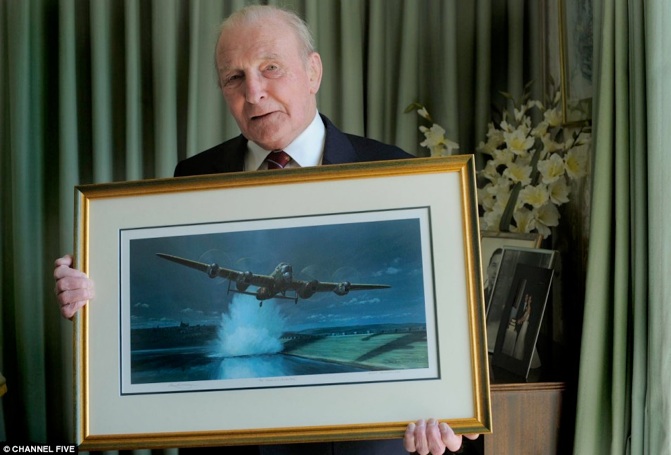
Sqn Ldr Johnson, seen with a picture of a Lancaster Bomber, plans to return to RAF Scampton this Thursday for events to mark the 70th anniversary of the raid
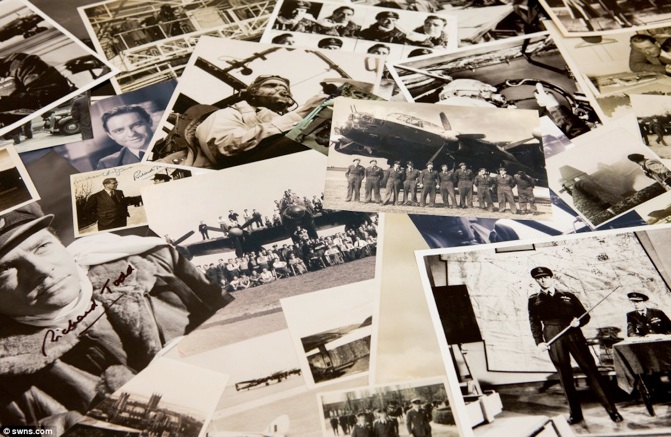
The owner of the archive was given the images by the film company as well as actors, air crew and production workers
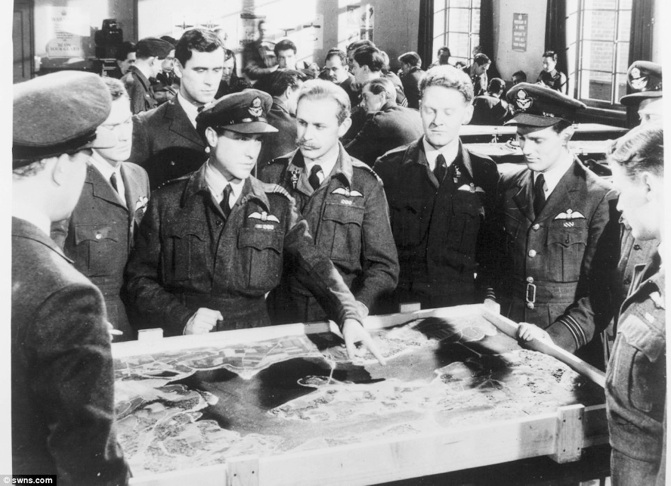
A scene from the film, where the pilots go over their plan to destroy Germany's industrial heart
RAF glory in WWII seen in The Dambusters trailer
